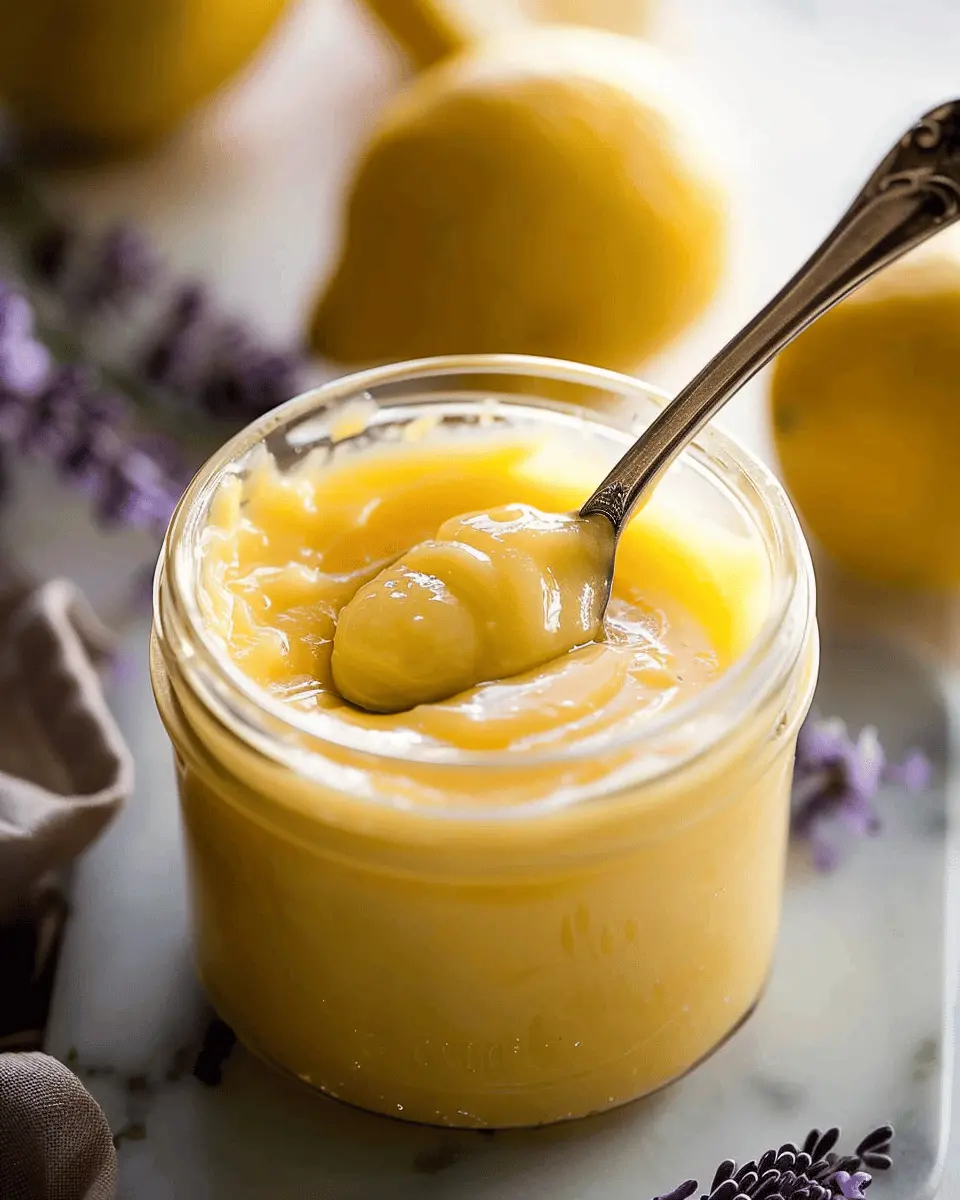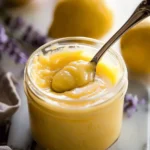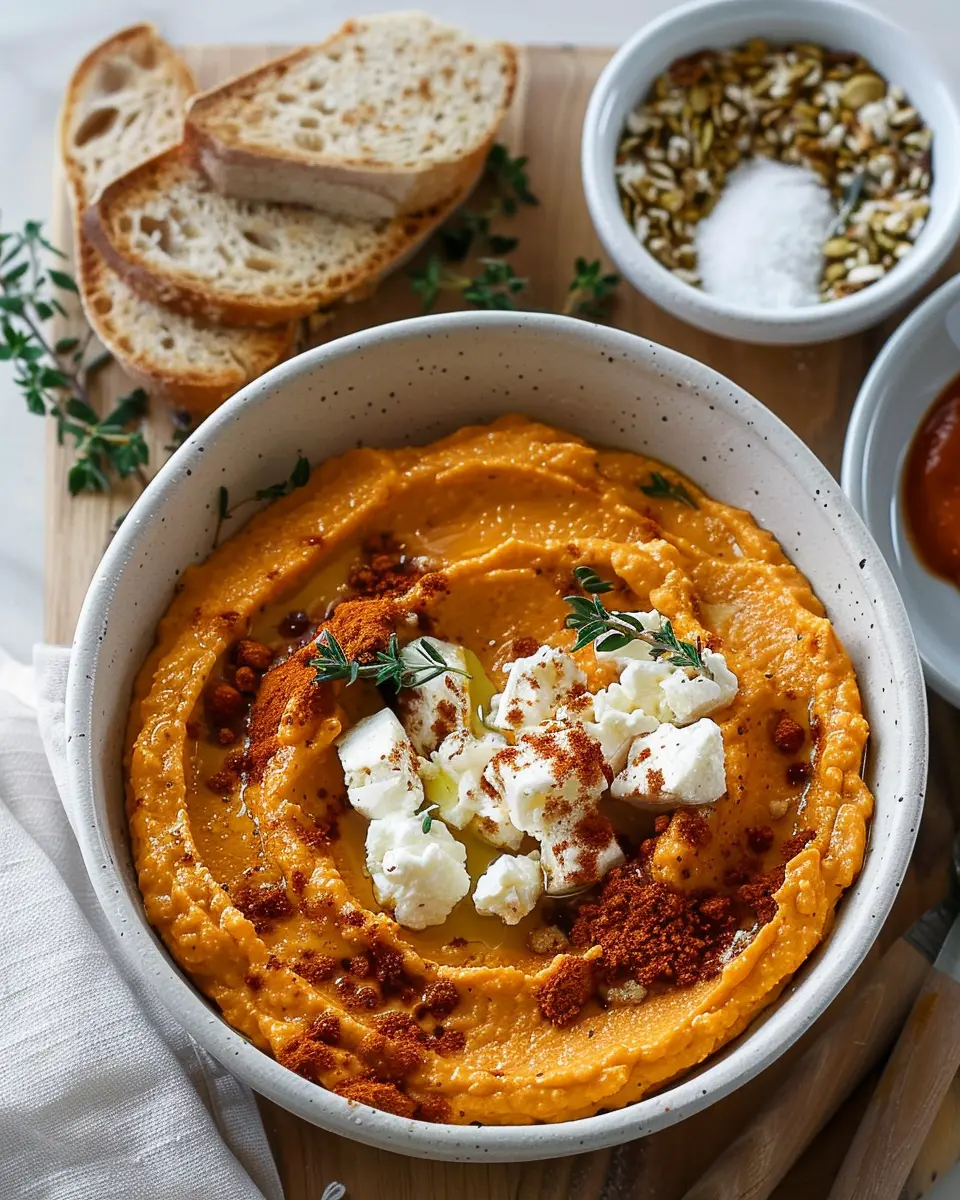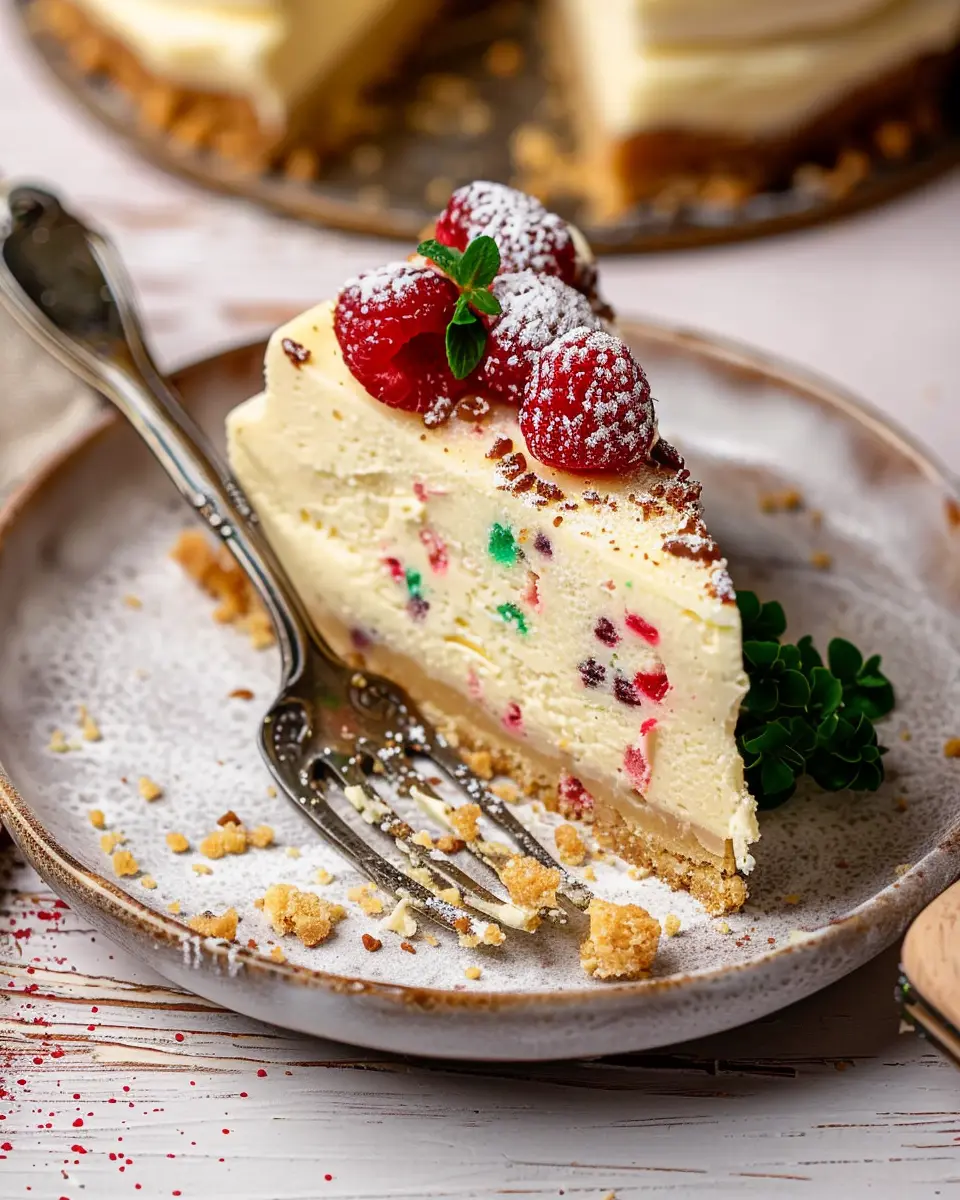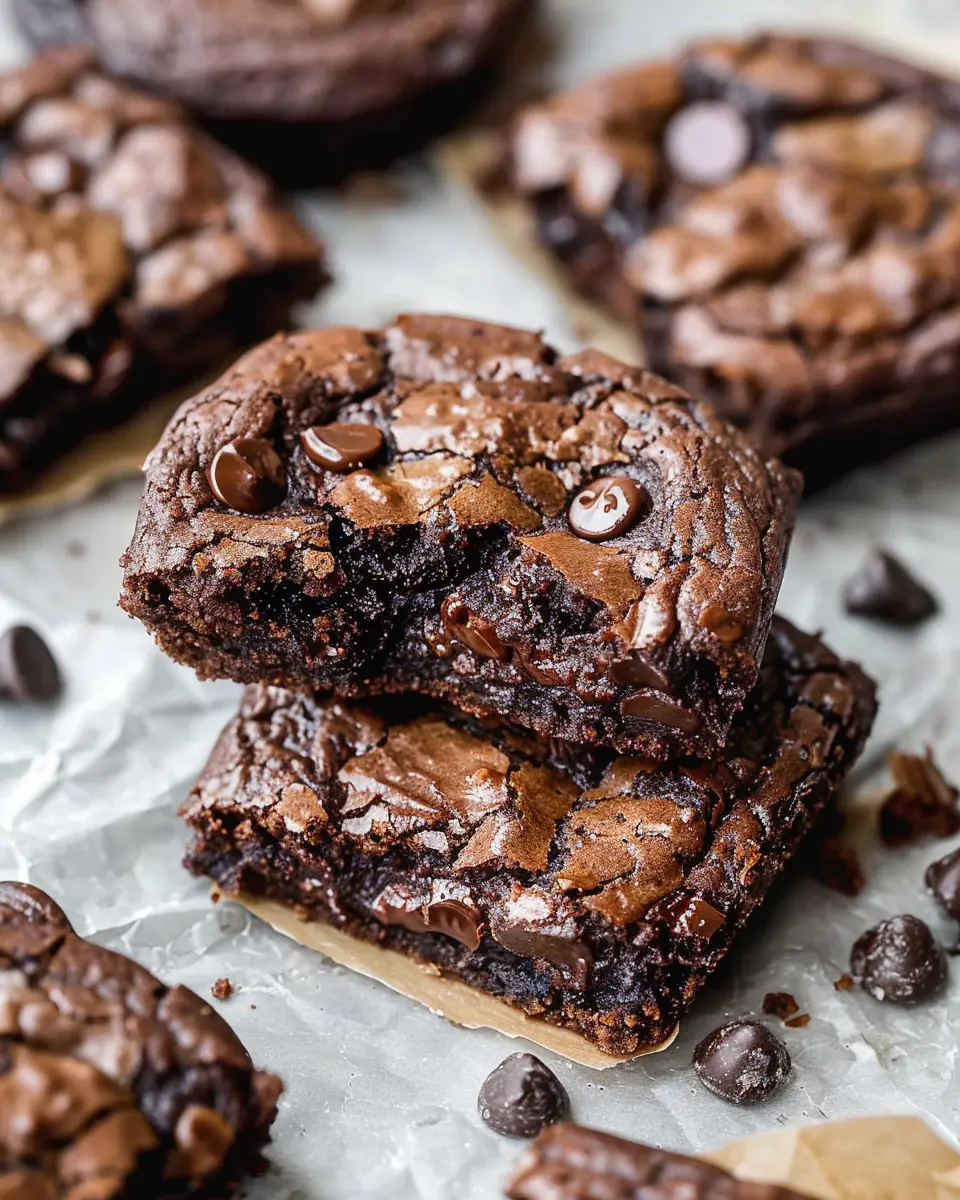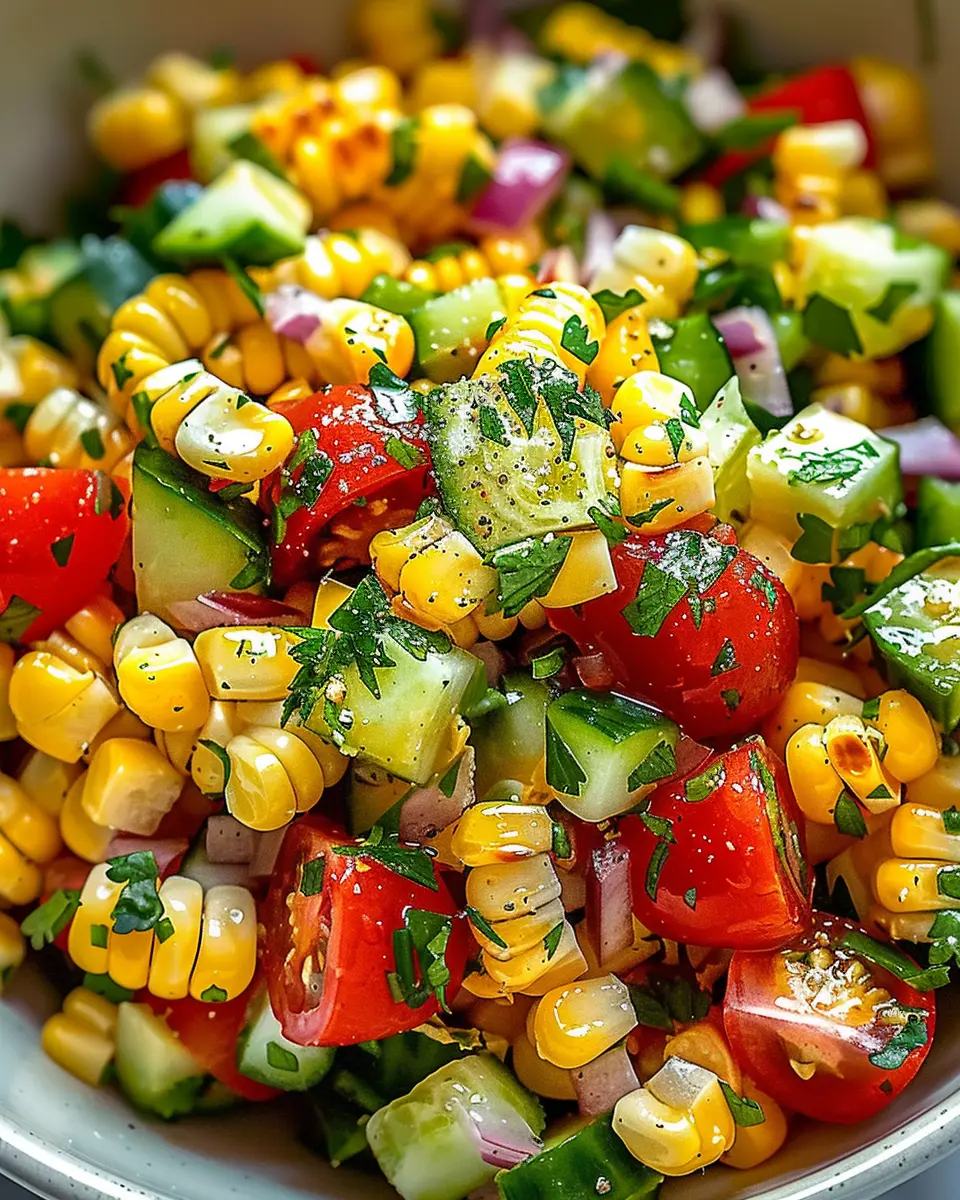Introduction to How to Make Lemon Curd
Lemon curd is one of those delightful kitchen creations that can instantly elevate your culinary game. But what is it about this sunny, tangy treat that inspires such joy? When you learn how to make lemon curd, you open the door to a world of possibilities. This zesty spread, made from fresh lemons, sugar, and eggs, is not only incredibly satisfying to whip up, but it also adds a burst of flavor to a variety of dishes.
The Joy of Lemon Curd and Its Versatility
One of the things I love most about lemon curd is its versatility. You might think of it as a simple toast topping, but it can do so much more! Here are some ideas to ignite your imagination:
- Tart Filling: Use lemon curd as a filling for tarts or pastries. The sweet-and-sour balance makes desserts sing.
- Frosting or Layering: Combine it with whipped cream for a light frosting. Perfect for layering in cakes!
- Swirl in Yogurt or Oatmeal: Give your breakfast an upgrade by swirling in a spoonful of lemon curd.
- Gift it: Put it in a cute jar and gift it to friends. It’s homemade love in a bottle!
But why is lemon curd so special? Beyond its delicious flavor profile, it’s a fantastic way to use fresh lemons, which are packed with vitamin C and other nutrients. According to the USDA, just one medium lemon can provide about 30% of your daily vitamin C needs. It’s not just a treat; it’s a little nutrition boost too!
If you’ve never made it before, you might wonder if the process is complicated. Don’t worry! Learning how to make lemon curd isn’t daunting at all. The ingredients are simple, and the process is straightforward. Plus, you can experiment with various citrus fruits if you want to mix things up; why not try lime or orange for a twist?
As you delve into lemon curd, you may want to familiarize yourself with techniques that will enhance your kitchen skills. Consider checking out resources like the Kitchen to Table Guide for expert tips on baking basics. You’ll be crafting delectable treats in no time, and trust me, the satisfaction of creating your own lemon curd is as bright as its flavor.
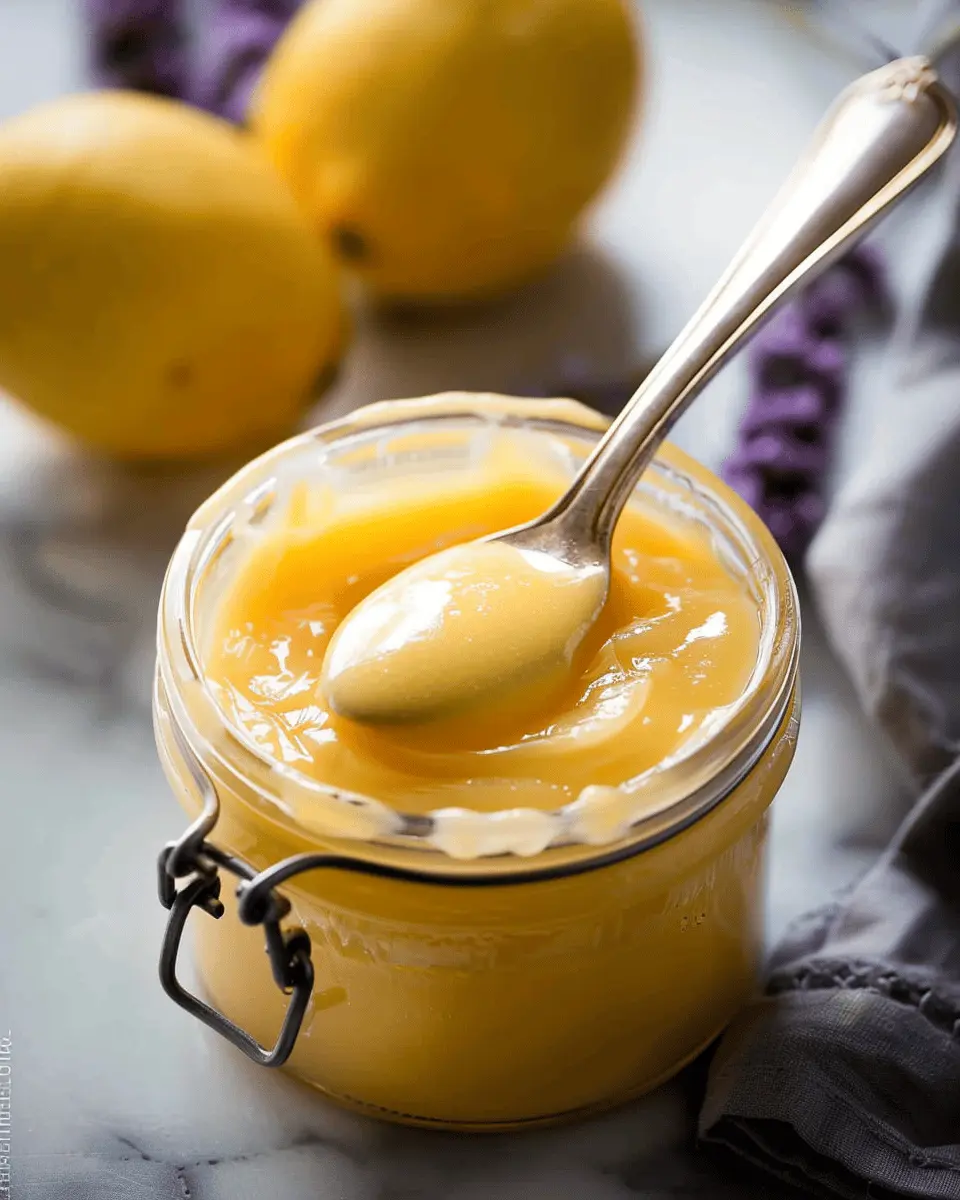
Ingredients for Lemon Curd
Essential ingredients for the best lemon curd
When pondering how to make lemon curd, the quality of your ingredients plays a significant role in achieving that delicious, tangy flavor. Here’s what you’ll need to whip up a batch that’ll have everyone begging for more.
- Fresh Lemons: About 4 to 5 medium-sized ones will do. The zest and juice are crucial for that bright flavor, so opt for organic when possible.
- Granulated Sugar: You’ll need around 1 cup to balance the tartness. Using a fine sugar will help it dissolve smoothly.
- Eggs: This recipe typically requires 3 large eggs. They provide richness and help the curd set perfectly.
- Butter: Unsalted is best! About 6 tablespoons will give your curd that luscious, creamy texture.
Don’t forget to gather a mixing bowl, a whisk, and a saucepan for cooking. Remember, the fresher the ingredients, the more vibrant your curd will be! For more tips on ingredient selection, check out this guide.
Next, let’s dive into the steps for making this bright, zesty treat!
Step-by-Step Preparation of Lemon Curd
Making homemade lemon curd is a delightful endeavor that fills your kitchen with a bright, zesty aroma. It’s one of those classic recipes that might seem intimidating but is truly straightforward once you break it down into steps. So, let’s embark on this culinary adventure together and learn how to make lemon curd from scratch!
Gather Your Ingredients
Before diving into the cooking process, it’s essential to prep everything you’ll need. Here’s what you’ll gather:
- Fresh lemons (about 3 to 4 for juice and zest)
- Eggs (3 large eggs)
- Granulated sugar (1 cup)
- Unsalted butter (1/2 cup, cut into small pieces)
- A pinch of salt
Having all your ingredients ready ensures a smooth cooking experience, and there’s nothing worse than scrambling for something last minute. Plus, it’s a good time to appreciate the vibrant colors and smells of these ingredients; they bring life to your culinary creations!
Prepare the Lemon Juice and Zest
Next, it’s time to extract the lemony goodness! Start by zesting your lemons. You’ll want about 2 tablespoons of fresh zest, which adds a magnificent depth of flavor to your curd. Remember to avoid the bitter white pith beneath the yellow skin.
- Use a microplane or a fine grater for zesting.
- After zesting, cut the lemons in half and juice them. Aim for about 3/4 cup of freshly squeezed lemon juice.
Fresh lemon juice is key—bottled varieties often lack that essential brightness. If you’re curious about the health benefits of lemons, check out this resource from Healthline.
Whisk the Eggs and Sugar Together
In a medium bowl, crack the eggs and add the granulated sugar. This step is crucial for creating a smooth and creamy texture. Using a whisk, blend them together until well-combined. Your mixture should appear light and frothy.
- It usually takes about 2-3 minutes of whisking.
- You want to dissolve the sugar completely, which will help prevent the curd from being grainy.
Combine Egg Mixture with Lemon Juice and Zest
Now, learning how to make lemon curd moves to a critical stage—combining the flavors! In a saucepan, combine your egg mixture with the fresh lemon juice and zest. This blend is where the magic begins. It’s amazing how such simple ingredients come together to create something so luscious and tangy.
- Make sure to stir them together gently, ensuring everything is well-mixed.
Cook Over Low Heat Until Thickened
Here’s where patience pays off. Place your saucepan over low heat and keep stirring continuously. This prevents the eggs from cooking too fast and scrambling.
- Cook for about 10-15 minutes, or until the mixture thickens enough to coat the back of a spoon. A helpful tip? Dip a spoon into the curd, and if it leaves a clear trail when you run your finger across it, you’re good to go!
Be vigilant during this step; walking away can lead to scrambled lemon curd, which is not what you want!
Strain and Cool the Lemon Curd
Once your lemon curd has thickened, it’s time to strain it for that ultra-smooth texture. Pour the curd through a fine mesh sieve into a clean bowl to catch any bits of egg that may have cooked unevenly.
- After straining, stir in your butter pieces until they melt into the hot curd. This not only enriches your curd but adds even more lusciousness.
Let the curd cool to room temperature, then cover it with plastic wrap, ensuring it makes contact with the surface to prevent a skin from forming. Once cooled, it can be refrigerated for about a week—if it lasts that long!
And there you have it! Your homemade lemon curd is ready to be used in tarts, spread on toast, or enjoyed straight from the jar. With a little practice, this delightful recipe will become second nature, and you’ll impress friends and family alike with your kitchen skills. Happy cooking!
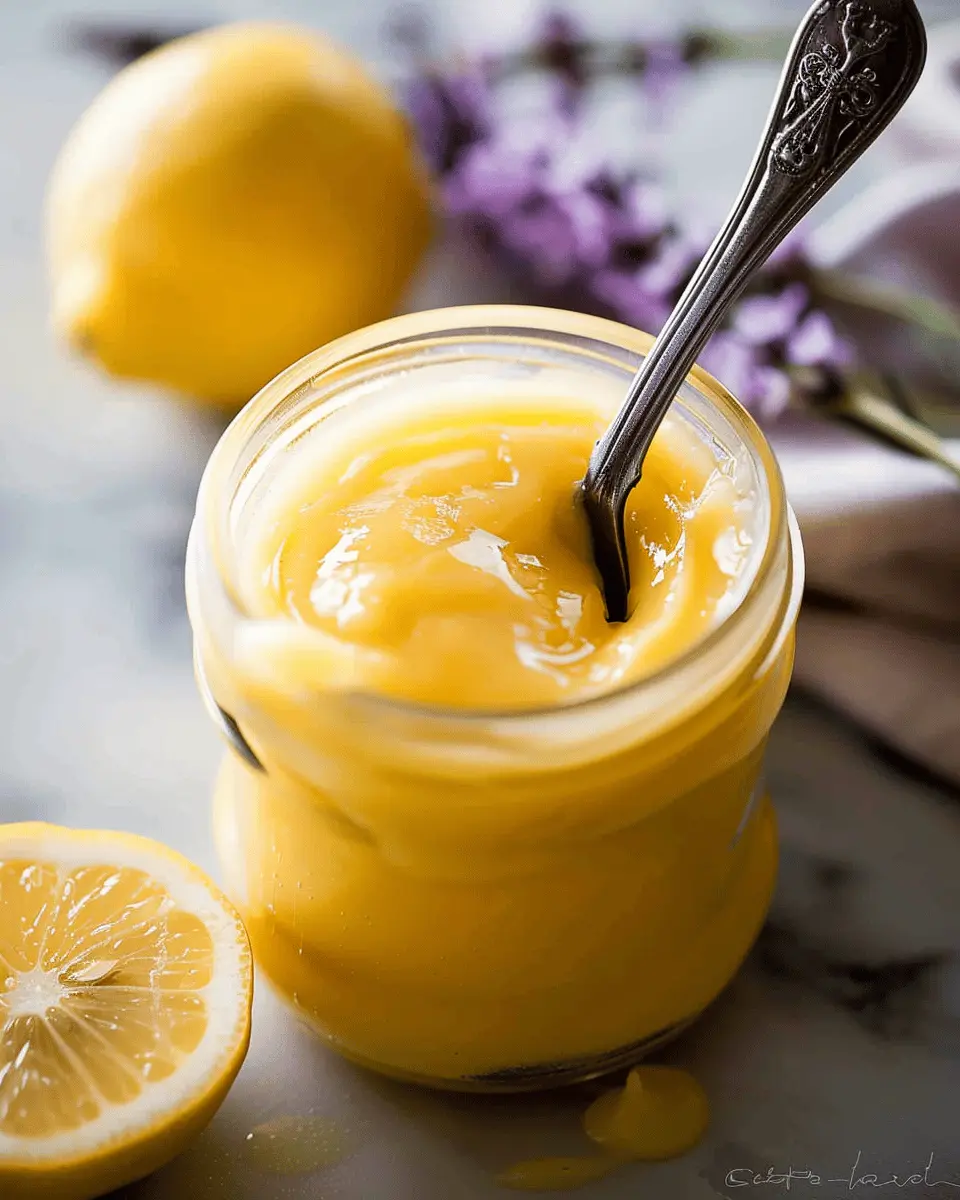
Variations of Lemon Curd
When you’ve mastered the basics of how to make lemon curd, why not explore some delightful variations? Each twist on this classic adds a unique flavor profile that can elevate your desserts to new heights. Let’s dive into a couple of exciting options!
Lemon-Lavender Curd
Imagine a warm spring day, a gentle breeze, and the fragrant aroma of lavender wafting through the air. That’s what you get with lemon-lavender curd. To create this variation, simply steep a tablespoon of dried culinary lavender in your lemon juice before combining it with the eggs and sugar. Let it cool, strain out the lavender buds, and voilà! You have a floral lemon curd that’s perfect for filling tarts or slathering on scones. It’s a fantastic companion to creamy desserts and showcases a delightful balance between the brightness of lemon and the subtle sweetness of lavender.
Want to learn more about using lavender in cooking? Check out this guide on culinary lavender.
Spicy Ginger Lemon Curd
For those who crave a kick in their sweets, the spicy ginger lemon curd is a must-try. Start by incorporating freshly grated ginger into your lemon mixture. The spice adds an intriguing warmth that contrasts beautifully with the tartness of the lemon. This curd not only makes a remarkable filling for cakes but also pairs wonderfully with yogurt or ice cream. Plus, ginger offers some great health benefits! It’s known for its anti-inflammatory properties, making this variation not just a treat but a healthful indulgence too.
Feeling adventurous? Consider drizzling some candied ginger on top for extra flair. You can get inspired by more creative uses of ginger from sources like Healthline.
With these variations, you’ll never get bored of this classic treat. Whether you’re hosting a brunch or enjoying a quiet afternoon at home, adding a unique twist to your lemon curd can make all the difference!
Cooking Tips and Notes for Lemon Curd
Avoiding Curdling
When learning how to make lemon curd, curdling can be a common concern. To prevent this, remember to use a low heat setting. Gradually heat your mixture while constantly whisking. This will help distribute the heat evenly. If you’re unsure, consider using a double boiler for gentle cooking, as it helps regulate temperature. Additionally, always strain your mixture into a separate bowl before cooling—you’ll remove any potential lumps that might have formed.
Using the Right Tools
Equipping yourself with the right tools makes a world of difference. A good whisk allows for thorough mixing, while a high-quality, non-reactive saucepan is crucial for even heating. You might also want to invest in a fine-mesh sieve to ensure your lemon curd is silky smooth. Pro tip: a kitchen thermometer is handy to monitor temperatures—try to keep your mixture around 170°F (77°C) for optimal results.
For more details on the science of cooking eggs, check out resources like the American Egg Board. Remember, a little patience goes a long way in creating that luscious, zesty curd we all love!
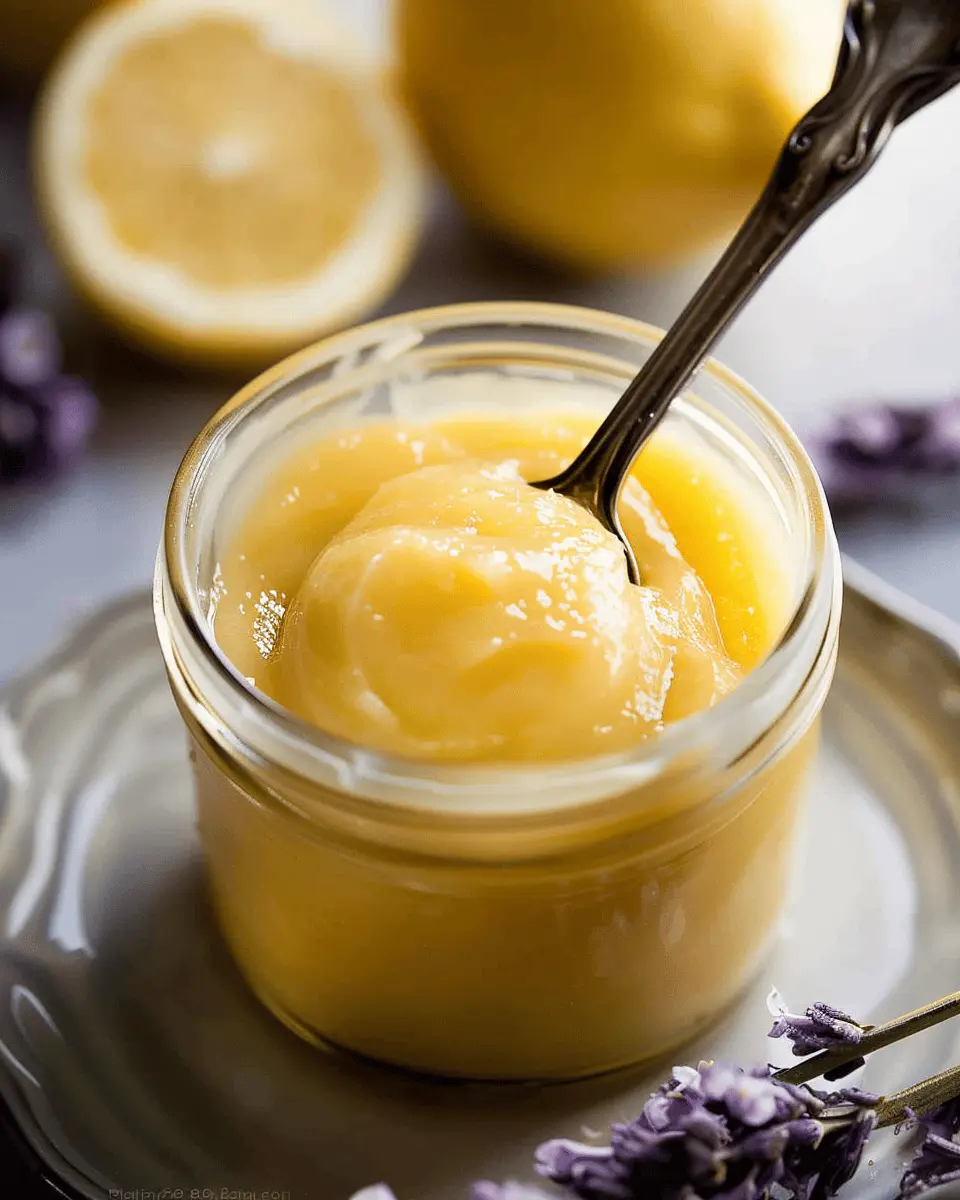
Serving Suggestions for Lemon Curd
Lemon curd is a versatile treat that brightens up any dish with its zesty flavor. Once you’ve mastered how to make lemon curd, you’ll want to explore various ways to indulge and share it with friends!
On Toast or Scones
One of the simplest yet most delightful ways to enjoy lemon curd is by spreading it on freshly toasted bread or scones. Imagine starting your morning with a warm slice topped with a generous layer of tangy lemon goodness—it’s breakfast bliss! To add a bit of flair, serve it alongside clotted cream or a sprinkle of fresh berries. This pairing is sure to impress at your next brunch gathering. Plus, if you’re interested, check out BBC Good Food for more ideas on baked goods that pair beautifully with fruit spreads.
As a Filling for Tarts or Cakes
If you’re hosting a special occasion, consider using lemon curd as an exquisite filling for tarts or cakes. Its vibrant flavor contrasts beautifully with rich creams or buttery pastries. A lemon curd tart topped with fresh fruit is a show stopper that’s surprisingly easy to make! You can even layer it between sponge cakes or drizzle it over cheesecake for a refreshing twist. For more decadent dessert options, Martha Stewart’s website offers countless recipes that elevate this tangy treat even further.
Whichever way you choose to serve it, lemon curd is sure to add a touch of sunshine to your table!
Time Breakdown for Making Lemon Curd
Preparation time
When you’re diving into how to make lemon curd, you’ll need about 10 minutes to gather your ingredients and set up your workspace. Make sure to have your lemons zested and juiced, eggs whisked, and all your tools at the ready!
Cooking time
The cooking process itself takes around 20 minutes. This is where the magic happens! Gently heat the mixture, stirring continuously to create that luscious, creamy consistency without curdling the eggs.
Total time
In total, you’re looking at approximately 30 minutes from start to finish. That’s just enough time to whip up a delightful batch of lemon curd perfect for tarts, toast, or even as a standalone treat. Now that you know the timing, let’s dive into the ingredients and techniques that will make your lemon curd shine! For some expert tips, check out sources from Serious Eats and BBC Good Food.
Nutritional Facts for Lemon Curd
When you’re learning how to make lemon curd, understanding its nutritional profile can help you enjoy it mindfully. Here’s a quick breakdown of what you can expect in each serving:
Calories per serving
A typical serving of lemon curd (around 2 tablespoons) contains approximately 100 calories. That’s not too bad for a decadent treat, right?
Sugar content
One of the standout features of lemon curd is its sweetness. It contains about 10-12 grams of sugar per serving, which comes from the sugar added during preparation, as well as natural sugars in the lemons. While this makes it a delightful topping, it’s good to be aware of its sweetness.
Fat content
Fear not, lemon curd is relatively low in fat, with about 3-5 grams per serving. Much of this comes from the butter that gives it that rich, creamy texture.
If you’re curious about healthy alternatives or variations, check out resources like the American Heart Association for more tips on balancing your dessert choices. Remember, the key is moderation! Whether slathered on toast or dolloped on yogurt, lemon curd can be a delightful addition to your culinary repertoire.
FAQs about Making Lemon Curd
Can I make lemon curd without eggs?
Absolutely! If you’re looking for an egg-free option, you can substitute eggs with cornstarch or a combination of silken tofu and lemon juice. This approach provides a similar creamy texture while achieving that delightful tartness that makes lemon curd so special. Just be aware that the flavor may vary slightly. For more options, check out vegan adaptations.
How to store homemade lemon curd?
Storing your homemade lemon curd is simple. After cooling it completely, transfer it into a clean, airtight jar. It will beautifully last in the refrigerator for about one to two weeks. Remember to use sterilized jars for optimal freshness. If you want to keep it longer, lemon curd can be frozen for up to three months. Just scoop it into a freezer-safe container, leaving space for expansion, and enjoy pulling it out for later!
Can I use limes instead of lemons?
Yes, using limes instead of lemons is a fantastic idea! Lime curd will have an entirely different flavor profile—it’s slightly sweeter and zestier, bringing a unique twist to your treats. This is a great way to use that excess produce if you’re ever in the situation of having too many limes around. Just follow the same method as you would for lemon curd to achieve that satisfyingly smooth result.
If you’re eager to learn how to make lemon curd and want to dive deeper into recipe variations or tips, visit food blogs like Serious Eats or The Kitchn for expert insights and inspiration. Happy curd-making!
Conclusion on Making Lemon Curd
When you learn how to make lemon curd, you’re not just whipping up a delicious treat—you’re also experiencing the joy of creating something from scratch. The sweetness of homemade lemon curd strikes a perfect balance with its tangy flavor, enhancing everything it touches.
- Versatile Use: Spread it on toast, dollop on desserts, or use it as a filling for cakes. The possibilities are endless!
- Quality Ingredients: With fresh lemons, sugar, and eggs, the flavor far surpasses store-bought versions.
This delightful concoction not only highlights your culinary skills but also brings a refreshing zing to any dish. Homemade lemon curd is a true testament to the beauty of simplicity in cooking. For more tips on perfecting your lemon curd, check out this detailed guide on food textures.
PrintHow to Make Lemon Curd: The Best Creamy Delight Ever!
Learn how to make the best creamy lemon curd with this easy-to-follow recipe.
- Prep Time: 10 minutes
- Cook Time: 15 minutes
- Total Time: 25 minutes
- Yield: 2 cups 1x
- Category: Dessert
- Method: Stovetop
- Cuisine: American
- Diet: Vegetarian
Ingredients
- 4 large lemons
- 1 cup granulated sugar
- 1/2 cup unsalted butter
- 4 large eggs
- 1/4 teaspoon salt
Instructions
- Zest the lemons and set the zest aside.
- In a saucepan, combine lemon juice, zest, sugar, and salt over medium heat until the sugar dissolves.
- Whisk in the eggs and butter until smooth.
- Continue cooking on low heat, stirring constantly, until thickened.
- Remove from heat and let cool before transferring to a jar.
Notes
- Use fresh lemons for the best flavor.
- Store in the refrigerator for up to 2 weeks.
Nutrition
- Serving Size: 2 tablespoons
- Calories: 100
- Sugar: 15g
- Sodium: 5mg
- Fat: 5g
- Saturated Fat: 3g
- Unsaturated Fat: 2g
- Trans Fat: 0g
- Carbohydrates: 10g
- Fiber: 0g
- Protein: 1g
- Cholesterol: 50mg
Keywords: How to Make Lemon Curd
